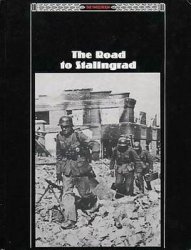It was noted above that the institutional economies were obliged to produce piles of documentation. The private firms operated under very different circumstances. The family was encouraged to maintain its resources, and thus the records would have a practical value. At the same time, they sought to avoid the attention of rapacious authorities with an incentive to tax, coerce, and otherwise despoil them. Some of these private activities were visible in the documents, when palaces made purchases or arranged contracts. In other cases, the activity was visible in the archaeological record. In the core areas of the Ancient Near East, many of the craftsmen were employed by the state or institutions. Some of these were free craftsmen who sold their labor, or the products of their labor. In Egypt, potters were obliged to deliver part of their production to the state as an obligatory payment (Warburton 1997: 237-60).
Institutional craftsmen were given raw materials and specific instructions to manufacture a given product (Sallaberger and Westenholz 1999: 277). The records preserved the entire sequence of the operation. Ivory from India was imported by state organs, from markets in the Persian Gulf (Leemans 1960: 25-6). The palace at Mari purchased lapis lazuli when available on the open market in Syria (Durand 2000: 3: 15-18). The raw materials were acquired by purchase at near and distant markets by merchants responsible for palace acquisitions. These were weighed in the palace and then delivered to the craftsmen with instructions (Sallaberger and Westenholz 1999: 282-3). At the palace at Mari, the craftsmen would be issued materials for fashioning, for example, a chariot (Limet 1986: 21). Pieces of furniture and other articles would be produced in the same fashion, with a record of the item, and the official responsible (Limet 1986: 37, 54). In other cases, the material would be specified in bulk, and the desired products enumerated as issued to a particular specialist; 1.5 kg of ivory was transferred to an ivory cutter who transformed the raw material into figurines (Sallaberger and Westenholz 1999: 277-8). The finished products were collected and weighed and the workers compensated with rations. In many cases, the finished products were designated in advance as intended for use in temples or palaces, or as diplomatic gifts.
The artisan was merely compensated for the labor and the actual value of the raw materials; the value of finished products was resolved by the authorities. Lack of access to raw materials limited the freedom of the craftsmen, and thus their choice of both clients and employment. Again, the institutional wealth enabled the acquisition of precious materials and provided leverage.




 World History
World History









